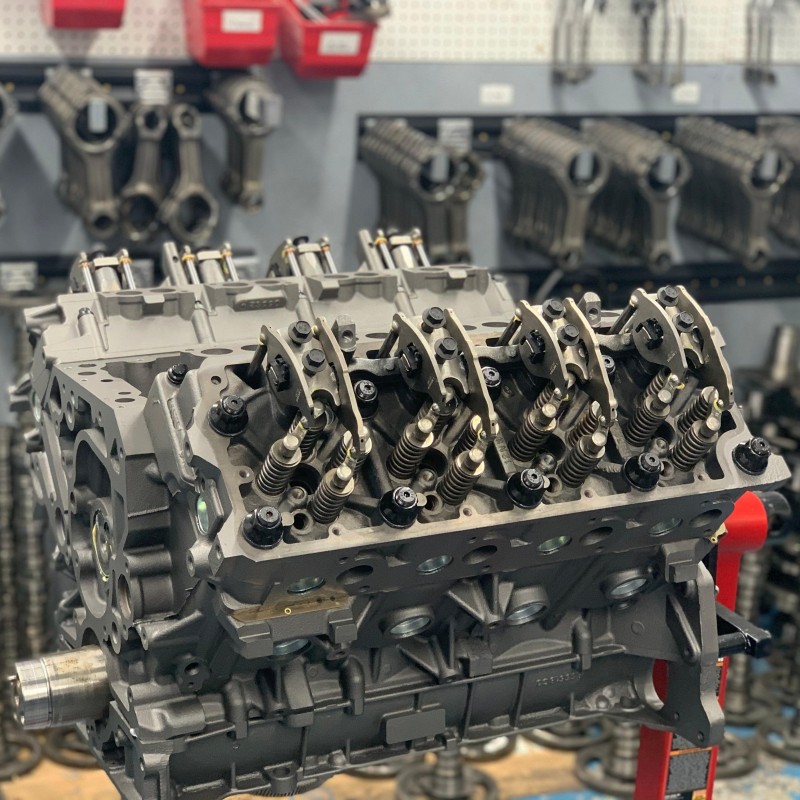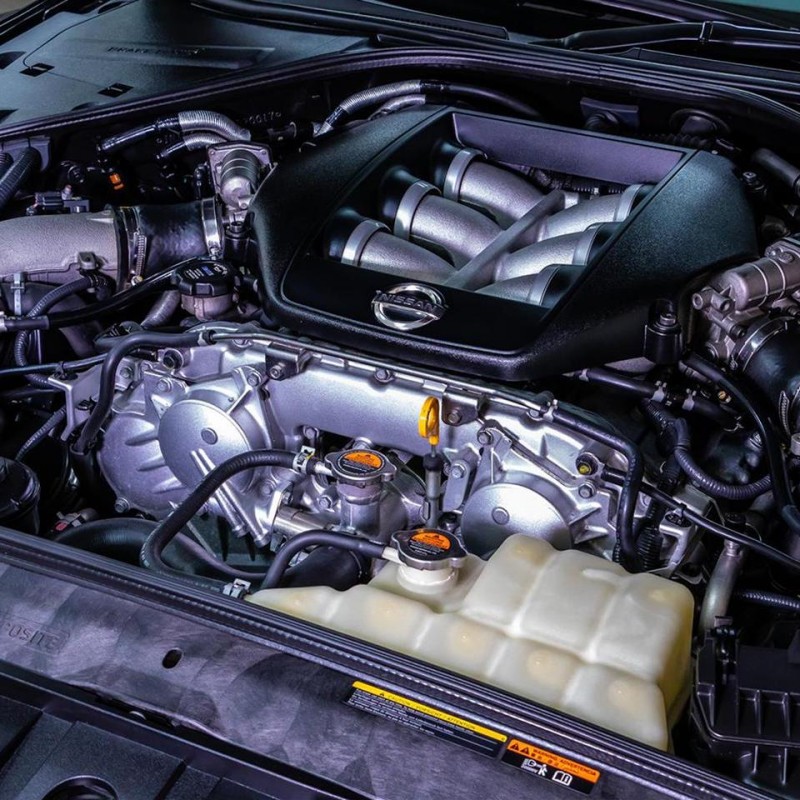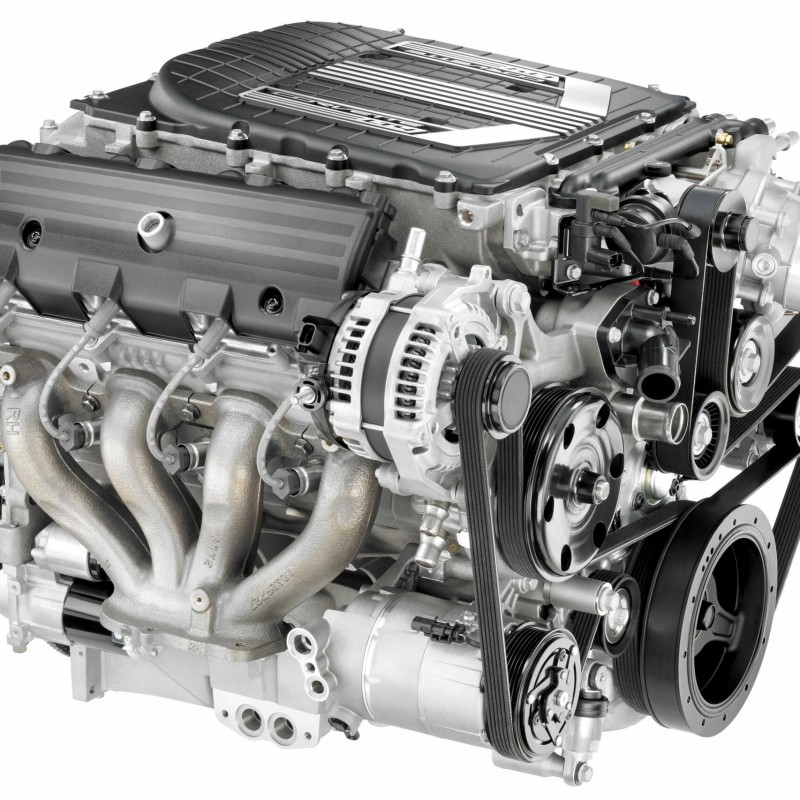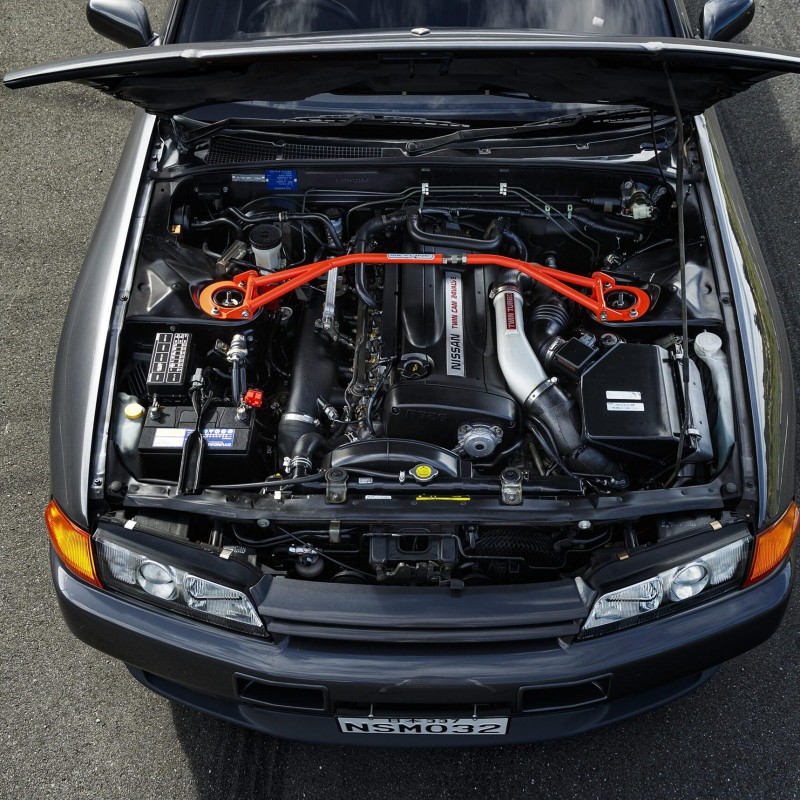As environmental concerns grow, regulators have developed specific guidelines to limit the pollutants that engines can emit. The question, “what are the emission standards for engines?” highlights the need to understand these regulations. Emission standards play a crucial role in reducing air pollution and improving public health. They set specific limits on the amount of harmful substances that can be released into the atmosphere by various engine types, including those found in cars, trucks, motorcycles, and even industrial machinery. Understanding these regulations is essential for manufacturers, consumers, and policymakers alike. This article will explore the details of emission standards, the different types that exist, how they are implemented, their impact on the environment, and the consequences for non-compliance. By exploring these aspects in-depth, we can better appreciate the significance of these regulations in our daily lives and their role in protecting our planet.
The Importance of Emission Standards
Emission standards serve an essential purpose in both environmental protection and public health. They limit the release of harmful substances into the atmosphere, providing several benefits that contribute to a healthier planet.
Reducing Air Pollution
One of the primary goals of emission standards is to reduce air pollution. Vehicles and industrial engines traditionally emit various harmful pollutants, including nitrogen oxides (NOx), carbon monoxide (CO), particulate matter (PM), and volatile organic compounds (VOCs). By establishing regulations that cap the allowable emissions, governments work to improve air quality.
Protecting Public Health
Cleaner air leads to better public health outcomes. Air pollutants can cause respiratory issues, cardiovascular problems, and even premature deaths. By enforcing strict emission standards for engines, governments aim to minimize these health risks, thereby promoting a healthier population.
Encouraging Technological Innovation
Emission standards push manufacturers to develop more advanced and efficient technologies. As regulatory bodies implement stricter guidelines, manufacturers must invest in research and development. Consequently, we see innovations in engine design, fuel efficiency, and alternative fuel sources, which may eventually lead to more sustainable transportation solutions.
Meeting Global Agreements
Many nations are committed to reducing their carbon footprints as part of global climate agreements, such as the Paris Agreement. To meet these obligations, governments have introduced stringent emission standards for various sectors, including transportation. This alignment with international goals emphasizes the global importance of emission regulations.
Given these vital roles, emission standards for engines are crucial for fostering cleaner air, advancing public health, and promoting sustainable technological development.
Types of Emission Standards
Countries and regions worldwide implement various types of emission standards for engines. These regulations can differ significantly depending on the type of vehicle, fuel used, and specific pollutants addressed.
National Ambient Air Quality Standards (NAAQS)
In the United States, the Environmental Protection Agency (EPA) establishes National Ambient Air Quality Standards (NAAQS) to protect public health and the environment. Under the Clean Air Act, these standards cover pollutants like carbon monoxide, nitrogen dioxide, sulfur dioxide, lead, ozone, and particulate matter.
European Emission Standards
In Europe, emission standards set forth by the European Union (EU) have evolved over the years. The Euro emission standards categorize pollutants from vehicles into various classes and establish limits for each category. For instance, Euro 5 and Euro 6 standards apply to diesel and gasoline cars, significantly reducing the allowable emissions compared to earlier Euro standards.
State-Specific Regulations
In addition to federal or national standards, individual states may impose their regulations. For instance, California has adopted stringent emission standards that often exceed federal requirements. The state’s standards serve as a model for other states and highlight the push towards cleaner vehicles.
On-Road vs. Off-Road Standards
Emission standards can also differ based on whether engines power on-road or off-road vehicles. While on-road engines, such as those in cars and trucks, typically face stricter regulations, off-road engines, including those used in farming and construction, follow separate sets of rules. This distinction acknowledges the varying impacts these engines have on air quality and public health.
Test Procedures
To ensure compliance with emission standards, governments establish rigorous test procedures for manufacturers. For example, in the U.S., manufacturers must conduct emissions testing under controlled conditions to measure how their engines perform against established limits. This testing often involves various driving cycles to simulate real-world conditions.
By understanding these types of emission standards, manufacturers and consumers can better grasp the specific regulations that govern engine emissions.

Implementing Emission Standards
The implementation of emission standards involves several crucial steps. These steps require collaboration between government agencies, manufacturers, and consumers to achieve compliance and improve air quality.
Establishing Regulatory Bodies
Regulatory bodies, such as the EPA in the U.S. and the European Commission in the EU, play an essential role in establishing emission standards. These agencies conduct scientific research to determine safe limits for pollutants and impose regulations accordingly.
Compliance Monitoring and Enforcement
Government agencies actively monitor compliance with emission standards. They conduct inspections, emissions testing, and audits on manufacturers to ensure adherence to regulations. Failure to comply with these standards can lead to fines, legal actions, or product recalls.
Incentives for Manufacturers
To encourage manufacturers to comply with emission standards, governments often provide incentives. Tax credits, grants, and subsidies may help offset the costs of developing greener technologies. These financial incentives promote investment in clean energy solutions and alternative fuel sources.
Consumer Education
Educating consumers about the importance of emission standards is essential for widespread compliance. Information campaigns and programs promote the benefits of cleaner vehicles and sustainable practices. Consumers who understand the environmental impact of their choices are more likely to support cleaner transportation options.
Collaborative Efforts
Collaboration between governments, manufacturers, nonprofit organizations, and consumers enhances the effectiveness of emission standards. Engaging stakeholders in discussions on best practices and technological advancements promotes the advancement of cleaner engines and fuels.
Implementing and enforcing emission standards requires significant investment and commitment from various parties. However, the resulting benefits, including improved air quality and public health, make these efforts worthwhile.
The Impact of Emission Standards on the Environment
Emission standards positively affect the environment. These regulations help mitigate the consequences of pollution while promoting sustainability.
Decreasing Greenhouse Gas Emissions
One significant benefit of emission standards is their role in reducing greenhouse gas emissions, particularly carbon dioxide (CO2). Stricter regulations on engines push manufacturers to adopt cleaner technologies and alternative fuel sources. Through these measures, industries can contribute to the global effort to combat climate change.
Biodiversity Protection
Air pollution can directly impact biodiversity. Harmful emissions contribute to phenomena like acid rain, which can damage ecosystems. Therefore, pollution controls through emission standards are critical for protecting wildlife habitats and promoting biodiversity.
Improved Air Quality
By limiting harmful emissions, these standards lead to improved air quality. Enhanced air quality benefits both the environment and public health, resulting in fewer health-related issues linked to pollution.
Long-term Health Benefits
The long-term health benefits of cleaner air cannot be overstated. Reducing pollutants leads to fewer respiratory diseases, heart problems, and other health conditions associated with unhealthy air. As emission standards continue to evolve, communities can expect better health outcomes.
Economic Benefits
Cleaner environments often lead to economic growth. Improved public health results in lower healthcare costs and less absenteeism in the workplace. Moreover, investing in clean technologies creates jobs and fosters innovation in various industries.
In summary, emission standards have far-reaching consequences for environmental health. From protecting ecosystems to providing economic advantages, these regulations play a vital role in fostering a better world.
Consequences of Non-Compliance with Emission Standards
Failing to adhere to emission standards can lead to several significant consequences. Understanding these repercussions highlights the importance of compliance.
Legal Penalties
Manufacturers that violate emission regulations face severe legal penalties. Governments may impose fines, seek injunctions, or initiate lawsuits against non-compliant companies. In some cases, manufacturers may need to recall faulty products, which can result in substantial financial losses.
Damage to Reputation
Non-compliance can tarnish a manufacturer’s reputation. Public awareness of pollution caused by individual companies can lead to consumer backlash. Trust plays a crucial role in customer loyalty, and losing that trust can have long-lasting effects on a company’s bottom line.
Environmental Consequences
Allowing excessive emissions from non-compliant engines has detrimental effects on the environment. Pollutants contribute to poor air quality, affecting public health and ecosystems. The broader repercussions of environmental damage will affect not only the current generation but also future ones.
Increased Regulatory Scrutiny
Companies that demonstrate a pattern of non-compliance will likely face increased regulatory scrutiny. Governments may impose stricter monitoring and reporting requirements, placing additional burdens on manufacturers. Long-term non-compliance can lead to more severe regulations and oversight.
Stagnation of Technological Progress
When companies ignore emission standards, they may stunt technological innovation. Standards often push manufacturers to invest in cleaner technologies, ensuring progress through competition. Without emission regulations, companies might avoid investing significantly in cleaner technologies, which hampers industry growth.
Overall, understanding the consequences of non-compliance emphasizes the importance of adhering to emission standards.
The Future of Emission Standards
As technology advances, so too do the expectations for emission standards. The following trends indicate the future direction of these regulations and their potential impact.
Stricter Regulations on Diesel Engines
Diesel engines have faced increasing scrutiny due to their higher emissions of nitrogen oxides and particulate matter. In response, regulatory bodies are likely to enact stricter standards for diesel-powered vehicles. Manufacturers will need to invest in cleaner technology to remain compliant.
Greater Focus on Greenhouse Gas Emissions
Emission standards will increasingly address greenhouse gas emissions. As governments set more ambitious climate targets, manufacturers will face pressure to reduce CO2 emissions substantially. The transition to electric vehicles and hybrid technologies will likely accelerate in response.
Encouraging the Use of Alternative Fuels
Governments are also expected to promote alternative fuels, such as hydrogen and biofuels. Regulations may incentivize manufacturers to explore diverse fuel sources that produce lower emissions. The focus on reducing petroleum dependency will further shape the market.
Innovative Testing Procedures
Regulatory agencies will continue to refine testing procedures to ensure compliance with emission standards. Improved methods for monitoring emissions under real-world driving conditions may become commonplace. These innovations will help ensure manufacturers meet required standards effectively.
Global Harmonization of Standards
As concerns about pollution and climate change grow, global harmonization of emission standards is likely. Countries may collaborate to establish common regulations that ease trade and advance global environmental objectives. Such initiatives will promote a cohesive approach to addressing emissions.
By keeping these trends in mind, consumers and manufacturers can prepare for the future landscape of emission standards and their implications.

Conclusion
The question “what are the emission standards for engines?” highlights the critical role these regulations play in our environment and health. Emission standards serve as essential tools for reducing air pollution, protecting public health, and encouraging technological innovation. Different standards exist worldwide, each with specific requirements tailored to various vehicles and engine types.
By understanding the implementation, benefits, and consequences of non-compliance, stakeholders can work together to promote cleaner air and a healthier planet. Moving forward, we can expect stricter regulations and innovative practices in the fight against pollution. The collaborative efforts of governments, manufacturers, and consumers will play a vital role in shaping a sustainable future for transportation.
As we embrace advancements in technology and regulatory measures, we must remain vigilant and committed to reducing harmful emissions. By doing so, we pave the way for cleaner air, a healthier population, and sustainable growth. Understanding emission standards allows us to make informed decisions, and together we can achieve a cleaner, brighter future for our planet.
Tags: air quality, automotive industry standards, environmental regulations